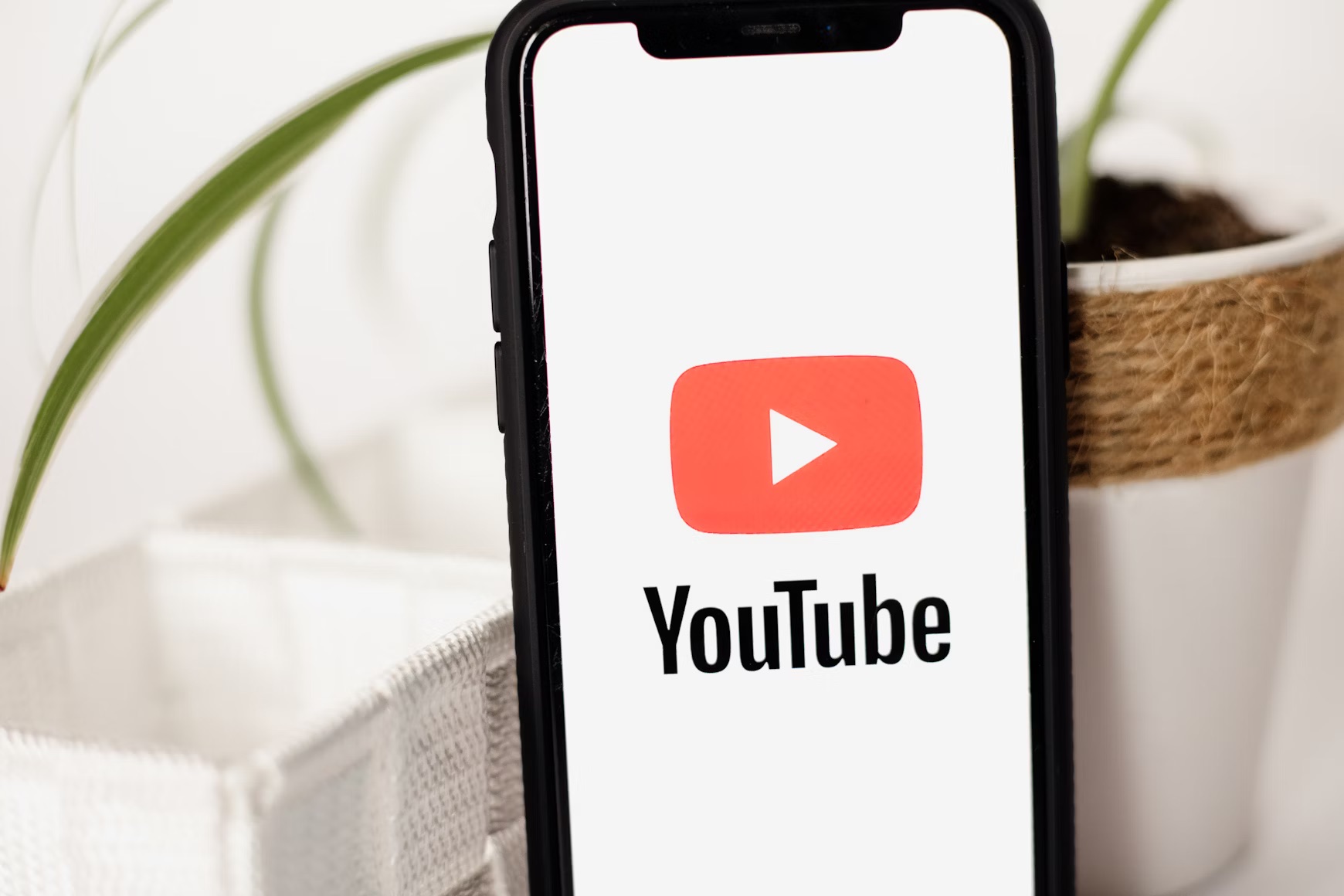
YouTube will start testing an artificial intelligence–based age-verification system in the United States on Wednesday. The technology aims to identify whether a viewer is an adult or a minor by analyzing the types of videos they watch. Initially, the trial will impact only a small segment of the platform’s U.S. audience but could expand nationwide if results are consistent with tests in other countries.
How the System Works
The new system operates only when a user is logged into their account and functions regardless of the birth date entered at sign-up. If it determines a viewer is under 18, YouTube will enforce existing restrictions designed to protect younger audiences. These safeguards include limiting certain content, issuing break reminders, showing privacy alerts, and removing personalized ads for minors.
If a viewer is incorrectly flagged as underage, they can correct the record by providing a government-issued ID, a credit card, or a selfie. The platform will continue to allow people to watch videos without logging in, but this will automatically restrict access to age-limited content unless proof of age is given.
YouTube’s move comes amid growing political pressure for online platforms to better verify user ages. The push intensified after the U.S. Supreme Court upheld a Texas law in late June aimed at preventing minors from accessing pornography online. While YouTube and other platforms are developing their own verification measures, some companies argue that Apple and Google, as the operators of major app stores, should bear more responsibility—a stance both tech giants have resisted.
Digital rights organizations, including the Electronic Frontier Foundation and the Center for Democracy & Technology, have expressed concerns that mandatory age checks could compromise personal privacy and restrict free speech rights.
YouTube’s Position
James Beser, YouTube’s director of product management, emphasized that the company has long been focused on safe viewing experiences for younger audiences. He said the AI system is intended to balance effective protections with privacy preservation, keeping teens’ personal information secure while applying the necessary content safeguards.
Author’s Opinion
This is a tricky area for YouTube. The idea of using AI to protect minors makes sense, but it also raises concerns about data tracking and possible misidentification. The real challenge will be maintaining strong protections without creating a surveillance system that alienates users. How they handle mistakes and data security could make or break public trust in this system.
Featured image credit: Collabstr via Unsplash
For more stories like it, click the +Follow button at the top of this page to follow us.
